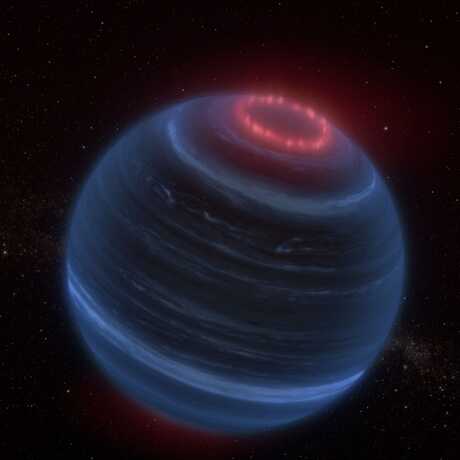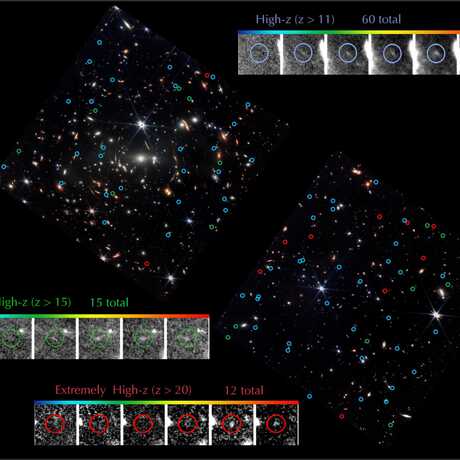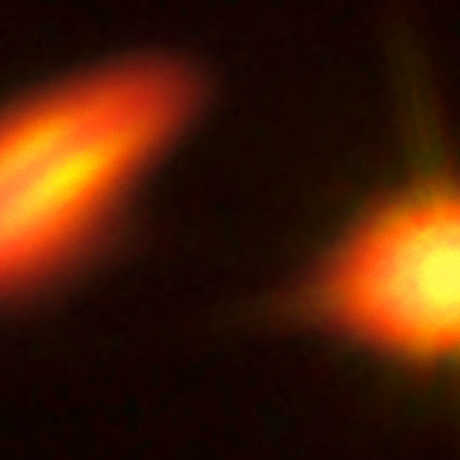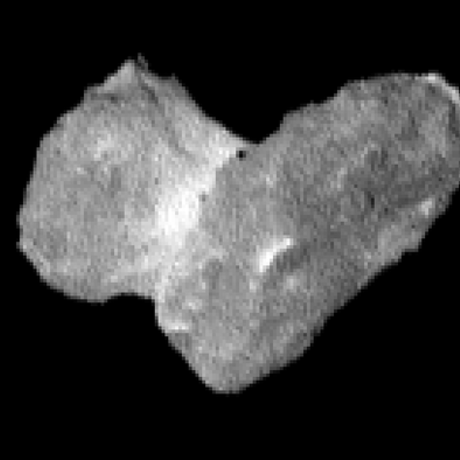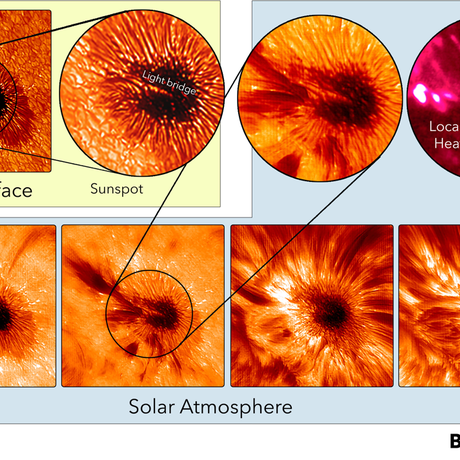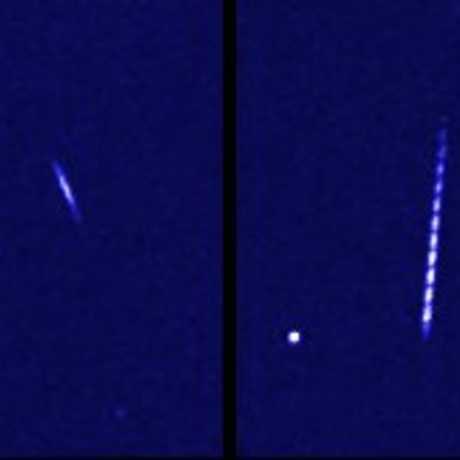We're open daily! View holiday hours
Featured Articles
Brown dwarf W1935 exhibits signs of glowing methane—possibly caused by aurorae!
Cassiopeia A is one astronomical object that looks exactly like what it is—a star that exploded 350 years ago!
JWST launches the first day of astronomy’s big meeting with news about science, technology, and galaxies!
The connection between disks and planet formation continues to expand as astronomers view them in new detail.
This may not be the best year for the Perseid meteors, but they’re still worth watching.
Ryan Wyatt, our fearless director of the Morrison Planetarium and Science Visualization, reviews astronomy headlines from the past month.
The third Thursday of every month, the Morrison Planetarium hosts “Universe Update” at the 6:30 planeta...
The third Thursday of every month, the Morrison Planetarium hosts “Universe Update” at the 6:30 planeta...
Astronomers are unsure it will even happen, but the Camelopardalid meteor shower could be one of this year's best!
The Gemini Planet Imager is helping us get clearer pictures of big, young planets
Ryan Wyatt, our fearless director of the Morrison Planetarium and Science Visualization, reviews astronomy headlines from the past month.
NASA’s Kepler Mission has discovered an Earth-sized world in its star’s habitable zone
